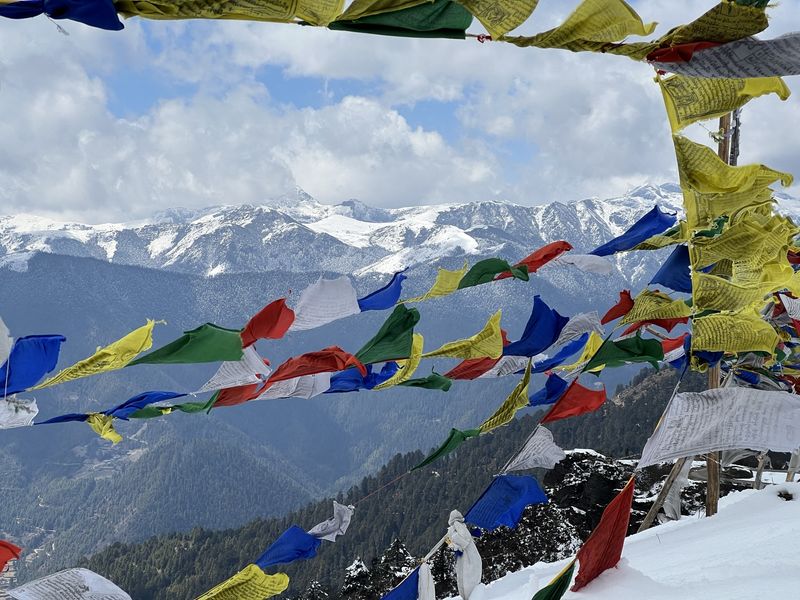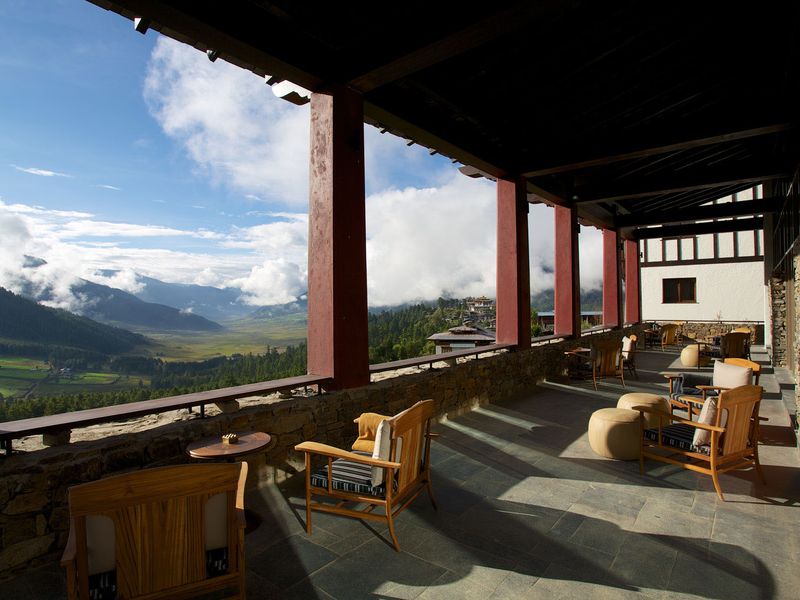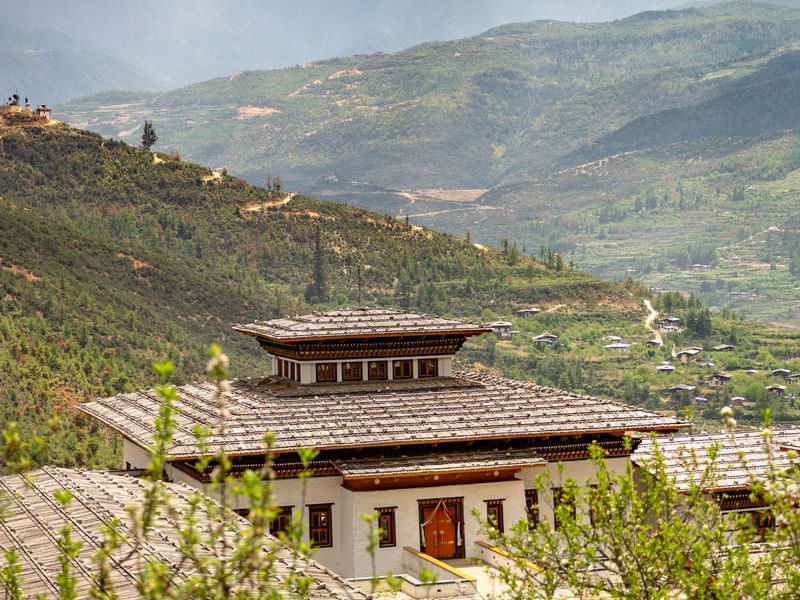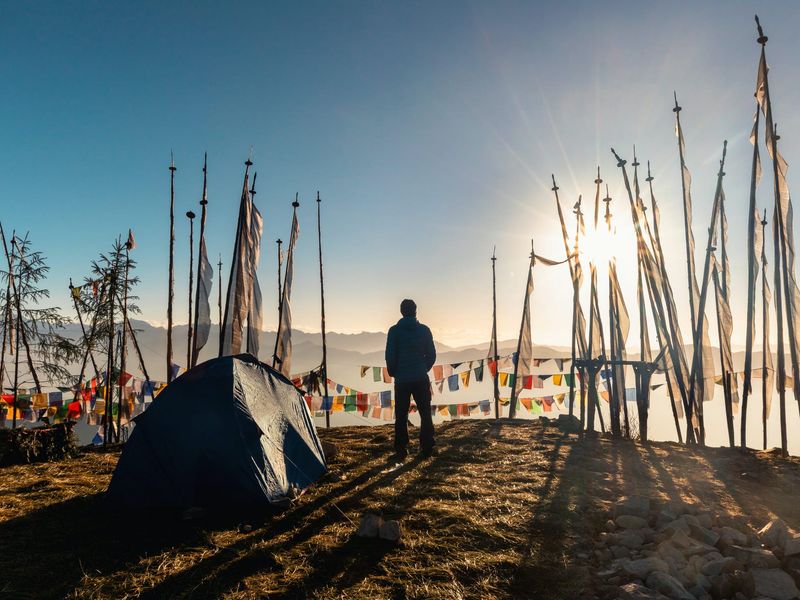The Selective Edit
Be inspired by Bhutan
Explore a hand-picked selection of our favourite journeys, articles, experiences and special places to stay in Bhutan. Not one to be read in a rush, it’s time to grab a cuppa, and see where it takes you…
༡ བློ་སྤོབས་བསྐྱེད་བཅུག་ནི། སེམས་ཤུགས་བསྐྱེད་བཅུག་ནི། ༢ སེམས་སྐུལ་འབད་ནི།
Festival fever in Bhutan
Bhutan is famous for its flamboyant festivals, known locally as Tsechus, which are typically held in honour of Guru Rinpoche, the most important Buddhist figure in Bhutanese history. These celebrations play a crucial role in preserving the kingdom’s rich culture and traditions.
As with festivals world-wide, tsechus are also an excellent opportunity to socialise with family and friends. There’s a holiday vibe, with people dressed to impress in their finest traditional attire, plenty of food sharing and catching up on the latest news.
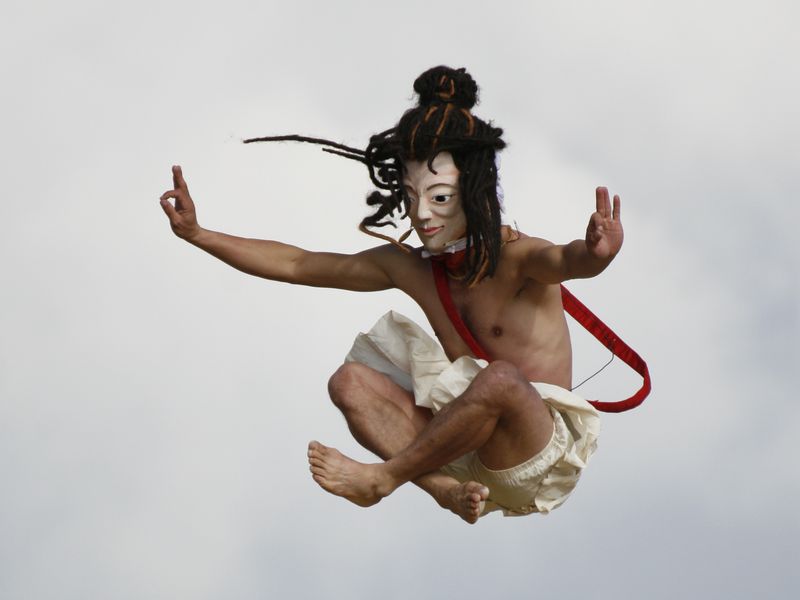
Foothills of Bhutan
Discover Bhutan with our Foothills in Bhutan journey - begin your travels in Paro, where you’ll enjoy the surrounding valley’s beauty and culture, before flying east and gradually work your way back via some of Bhutan’s most striking locations, including Bumthang’s green fields, the sheltered Phobjikha valleys where the Black Necked Cranes land, and find peaceful moments in monasteries and temples before ending your journey on a high with a couple of days’ trekking…
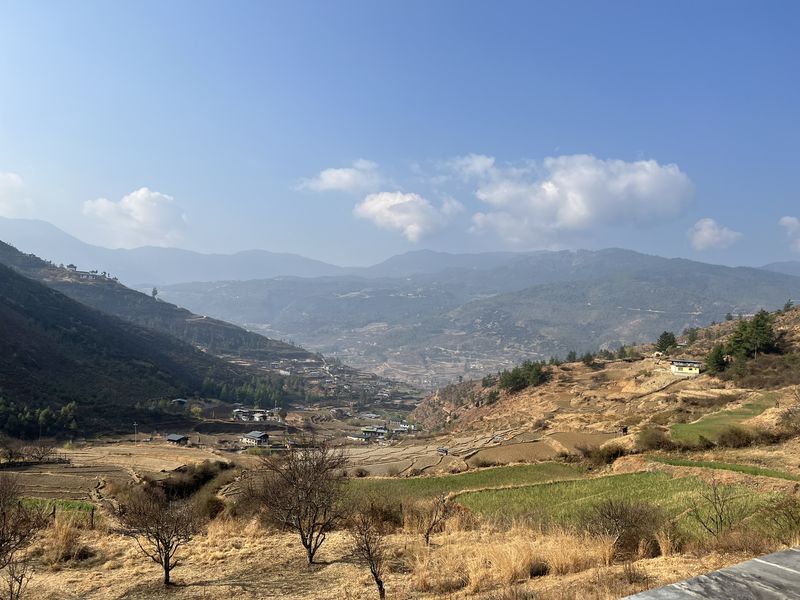
Trek to the Tiger’s Nest in Bhutan
According to legend, the founder of Bhutanese Buddhism, Guru Rinpoche, arrived on the back of a flying tigress to meditate on the mountainside for three years, three months, three weeks and three days. Taktsang Monastery was built in the 1600s to mark this celebrated event, and has been a key pilgrimage destination ever since.

Stay
Explore more
